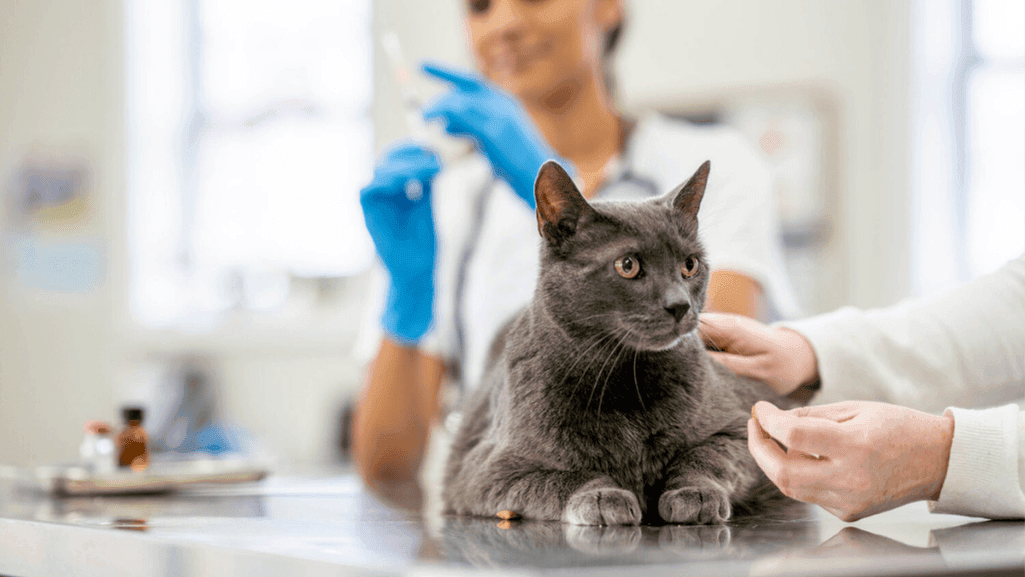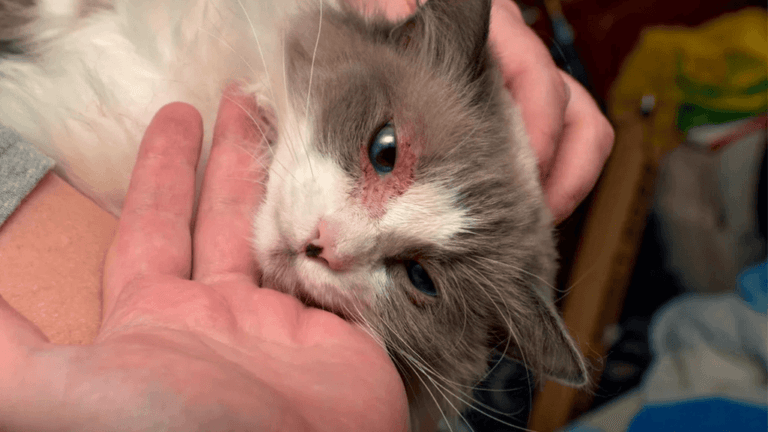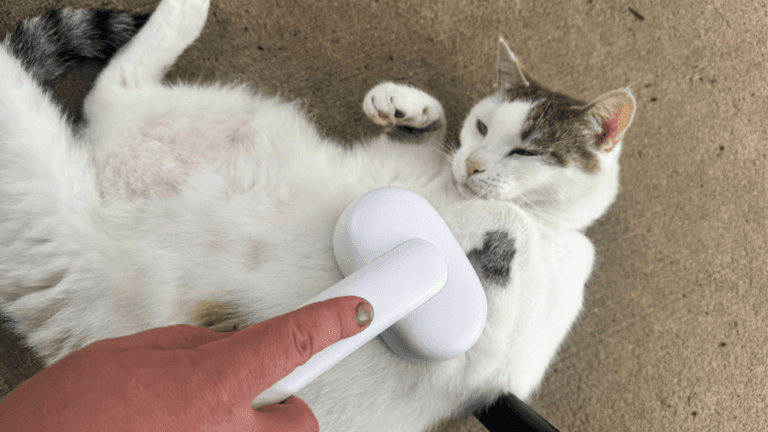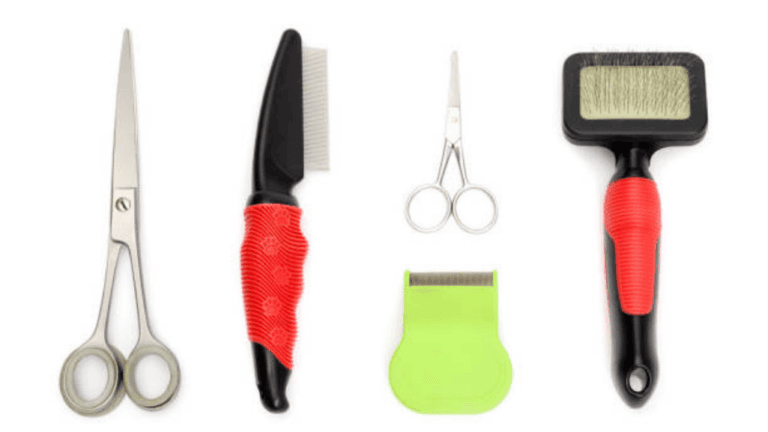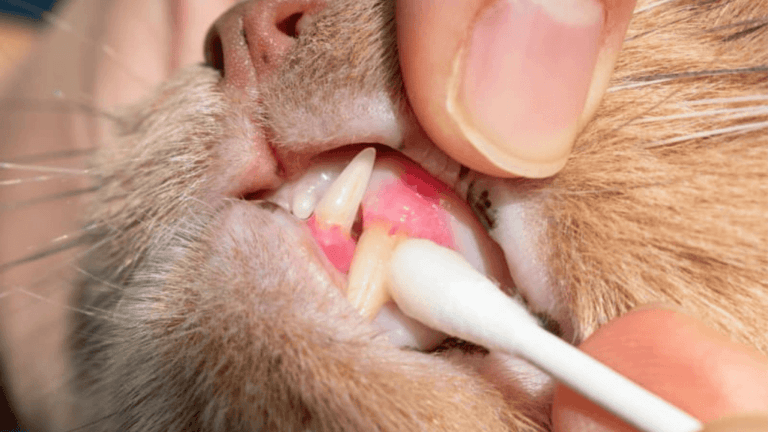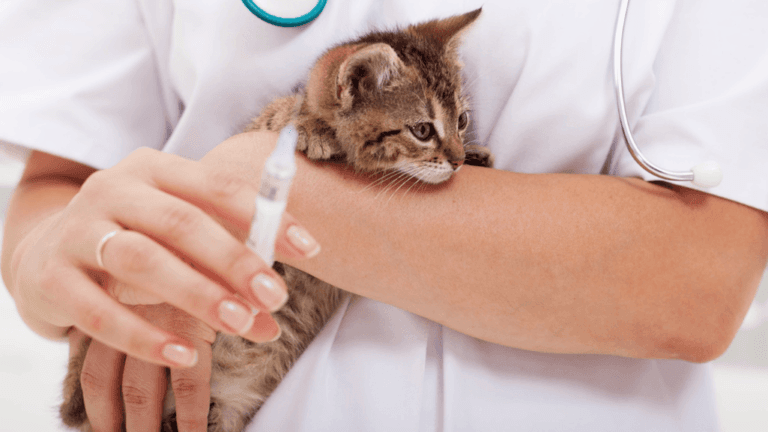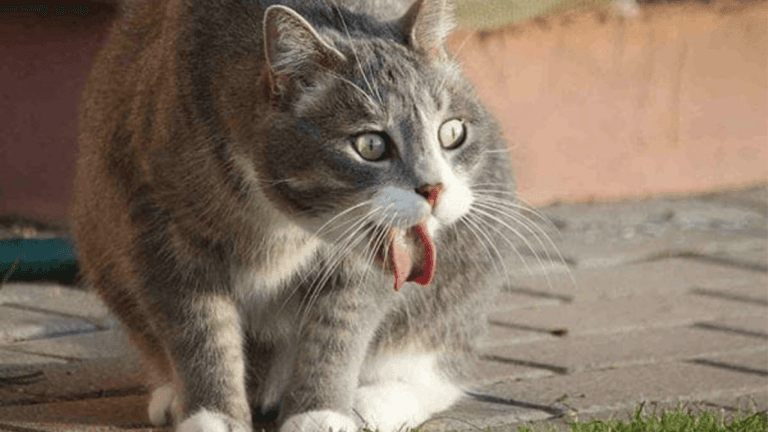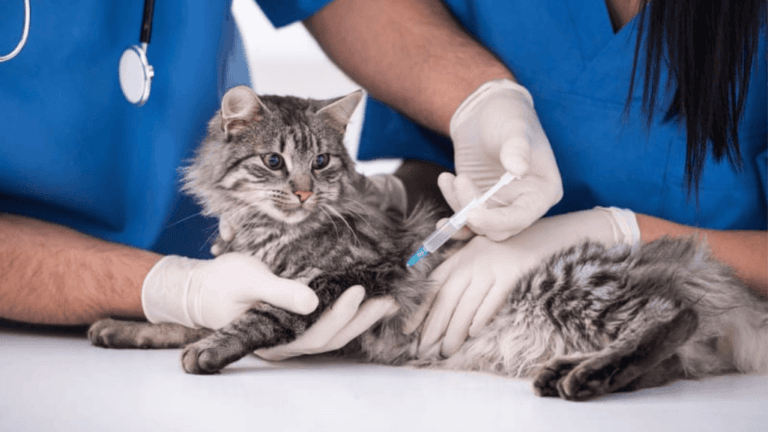As a caring pet owner, it’s vital to watch your cat’s health closely. Knowing the early signs of diabetes in cats is key. Spotting these symptoms early helps your cat get the right care and avoid serious problems.
Feline diabetes is a serious issue that can affect many cats, mainly those who are overweight. If not treated, it can cause vision problems, nerve damage, and even life-threatening conditions. Knowing the common signs of diabetes in cats helps you act fast to protect your pet’s health.
Look out for signs like increased thirst and urination, eating more but losing weight, feeling tired, and changes in their coat. If you see any of these in your cat, see your vet right away. Early treatment can greatly improve your cat’s life and future health.
Key Takeaways
- Be aware of the early warning signs of diabetes in cats, such as increased thirst, frequent urination, excessive hunger, and weight loss.
- Overweight and obese cats are at a higher risk of developing diabetes, mainly Type II.
- Other signs of feline diabetes include lethargy, weakness, and changes in coat condition.
- Early detection and treatment of diabetes in cats are vital for preventing complications and ensuring a better quality of life.
- If you suspect your cat may have diabetes, consult with your veterinarian promptly for proper diagnosis and management.
Understanding Feline Diabetes
Feline diabetes, also known as diabetes mellitus in cats, is a serious health condition. It affects a growing number of cats worldwide. This metabolic disorder happens when a cat’s body can’t make enough insulin or use it well. This leads to high blood sugar levels.
Studies show that about 1 in 100 to 1 in 500 cats will get diabetes in their lifetime. This condition can hit cats of all ages and breeds. But some risk factors make it more likely.
What is Diabetes in Cats?
Diabetes mellitus in cats means the body can’t control blood sugar levels right. Insulin, made by the pancreas, is key to managing glucose in the blood. If a cat has diabetes, their body either doesn’t make enough insulin or can’t use it well. This causes high blood sugar levels.
Types of Diabetes in Cats
There are two main types of diabetes in cats:
- Type I diabetes: This rare form happens when the pancreas can’t make enough insulin. Cats with type I diabetes need insulin shots to control their blood sugar.
- Type II diabetes: This is the most common form, making up 80-95% of cases. In type II, the body becomes resistant to insulin. This makes it hard for cells to absorb and use glucose.
Risk Factors for Developing Feline Diabetes
Several factors can up a cat’s risk of getting diabetes:
- Obesity: Obese cats are up to four times more likely to get diabetes than healthy-weight cats. Extra body fat can make it hard for the body to control blood sugar.
- Age: Older cats are more likely to get diabetes. Most cats diagnosed are over 6 years old, with an average age of 10-13 years.
- Gender: Male cats are more likely to get diabetes than female cats.
- Lack of physical activity: Cats that don’t move much are more likely to get diabetes. This is because a sedentary lifestyle can lead to obesity and insulin resistance.
- Glucocorticoid therapy: Cats on glucocorticoid medications, like steroids, are at higher risk of diabetes. These drugs can affect insulin sensitivity and glucose metabolism.
Recent studies suggest that Burmese cats in some countries may have a higher risk of developing diabetes compared to other breeds.
Knowing the risk factors for feline diabetes helps cat owners take steps to prevent or manage it in their pets.
Common Signs of Diabetes in Cats
As a cat owner, knowing the signs of diabetes is key. Early detection and treatment can greatly improve your cat’s life. Here are the main diabetic cat symptoms to look out for:
Increased Thirst and Urination
One of the first signs of diabetes in cats is drinking more water. This is because glucose stops the kidneys from reabsorbing water. So, you’ll see your cat urinating more often too.
Excessive Hunger and Weight Loss
Diabetic cats often eat more but lose weight. This is because their bodies can’t use food energy without insulin. So, they start breaking down muscle and fat for energy, leading to weight loss.
Lethargy and Weakness
Diabetes can make cats feel weak and tired. The extra glucose in their body affects insulin use. This makes them sleep a lot and be less active.
Changes in Coat Condition
Poor coat condition is another sign of diabetes. The lack of energy and grooming due to lethargy can make the coat dull and matted. Diabetic cats might also get dandruff or skin irritation.
Remember, these symptoms can also mean other health issues. Always check with your vet if you think your cat has diabetes.
By watching for these signs, you can catch diabetes early. This helps your cat stay healthy and happy.
Diagnosing Diabetes in Cats
It’s important to catch diabetes in cats early. They might drink more water, go to the bathroom more, eat more, and lose weight. Spotting these signs and getting vet help fast can make a big difference in their life.
Vets use signs and tests to find diabetes in cats. Blood glucose tests show if blood sugar is too high, a sign of diabetes. Urinalysis also checks for sugar in the urine, another sign.
Importance of Early Detection
Getting diabetes diagnosed early is key for many reasons:
- Early treatment can stop serious problems like diabetic ketoacidosis.
- Starting treatment early can help a cat go into remission.
- Quick action helps keep a cat’s health and happiness better.
Diabetic cats can have a 17-60% chance of getting better. With the right care, they can live up to three years, feeling pretty good.
Diagnostic Tests for Feline Diabetes
Vets use several tests to confirm diabetes in cats:
- Blood Glucose Tests: High fasting blood sugar levels mean diabetes.
- Urinalysis: Finding sugar in the urine confirms diabetes.
- Fructosamine Test: This test shows blood sugar levels over the last week or two, helping confirm diabetes.
Other tests, like a CBC and biochemistry profile, help find other health issues that might lead to diabetes.
Stress can make a cat’s blood sugar go up, leading to false diabetes diagnoses. So, it’s important to look at all the signs and test results together.
Treatment Options for Diabetic Cats
When a cat is diagnosed with diabetes, it’s important to start treatment right away. This helps manage the condition and prevent complications. The main goal is to keep blood glucose levels in check. This is done through insulin therapy, diet, and monitoring.
Insulin Therapy
Insulin therapy is key for diabetic cats. Most cats need daily insulin shots to control blood sugar. The FDA has approved two new drugs, Bexacat and Senvelgo, as alternatives to insulin shots. These drugs are taken orally once a day and help lower blood sugar.
Working with your vet is vital to find the right insulin dose and type for your cat. It’s also important to learn how to give injections. Keeping blood sugar levels slightly above normal helps avoid low blood sugar.
Dietary Management
Diet is also critical in managing feline diabetes. Diabetic diets for cats have very low carbs to stabilize blood sugar. If a special diet isn’t possible, a low-carb, high-protein diet is recommended.
“Weight loss in overweight cats can vastly improve diabetic control. Slow-and-steady weight loss is recommended, aiming for about 1% of body weight weekly.”
Monitoring Blood Glucose Levels
Checking blood glucose levels regularly is key to managing feline diabetes. This can be done at home or through vet visits. It helps adjust insulin doses and prevents complications like low blood sugar or diabetic ketoacidosis. Studies show that 30-40% of cats can go into remission with proper care.
Potential Complications of Feline Diabetes
Even with good care, diabetic cats can face complications. Side effects of drugs like Bexacat and Senvelgo include vomiting, diarrhea, and lethargy. Serious issues like diabetic ketoacidosis and pancreatitis can also occur. These conditions are life-threatening and may require hospital care.
Effective treatment for diabetic cats includes insulin therapy, diet, and monitoring. Working with your vet and watching for complications can help your cat live well. Remember, proper care and lifestyle adjustments are key for diabetic cats.
Conclusion
Spotting early signs of diabetes in cats is key. Signs like more thirst and urination are common and early. Knowing the risks, like obesity, helps owners work with vets for better care.
About 0.2% – 1% of cats get diabetes. This means knowing about it and its risks is vital. Complications like nerve damage and severe diabetes are serious.
Managing diabetes in cats involves insulin, diet, and blood checks. Vets are essential for guidance and care. Regular vet visits are key to managing diabetes.
Early detection of diabetes in cats is very important. It can greatly improve their health and prevent serious problems. Knowing the risks and signs, like more thirst and bad breath, helps protect cats.
Regular exercise and a healthy weight can prevent diabetes in cats. For those with allergies, hypoallergenic breeds like Siberian cats might be a good choice. With the right care, many diabetic cats can live happy, healthy lives.




